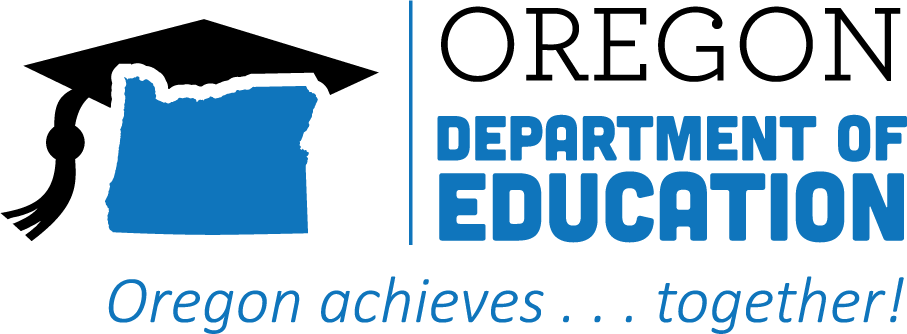Introduction to Research-Based Reading Models
Reading models illustrate how reading skills develop and show the cognitive processes that occur when learning to read.
The following models, informed by research, can guide literacy instruction. Oregon’s Early Literacy Framework includes five common models of reading.

Learn about Reading Models


Educator Reflection Questions to Support Implementation
- What similarities do the models have? What differences do you notice?
- What considerations should be made for literacy instruction?
- What are you curious to learn more about?

